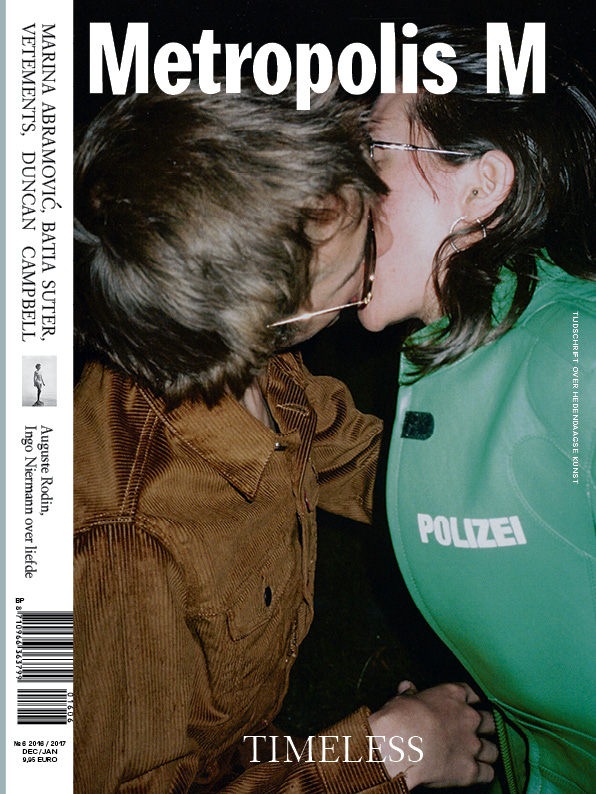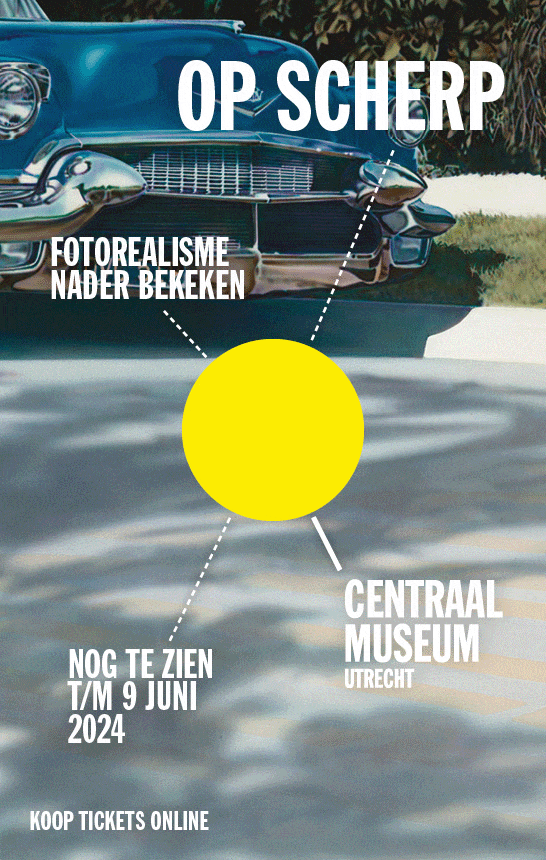A Running Commentary
A 1966 article by artist Öyvind Fahlström called ‘Hot Dogs and Tweezers – A Running Commentary’ came to my mind when I read some reviews of the current São Paulo Biennial that I co-curated. An art magazine allowed Fahlström to ‘fulfil every artist’s dream: to comment on his commentators’. In his text he accordingly annotated reviews and texts whose authors he believed had misinterpreted his works, and thus missed crucial points with regard to his artistic project. Fahlström refutes, supplements and amplifies, mocks and deliberates. If he was a kind of surrealist he also kept his faith in critical reason. And as a poet, he managed in his ‘running commentary’ to eschew master readings of his own works and instead opened them up to keep the ball in play. (The title refers to ‘the critic’s instruments’ – the tweezers – that in vain tries ‘to grasp the snorting babbling unruly material’ of the art work – the hot dogs.)
I also got an impulse to set the record straight and demand satisfaction for our exhibition, against writers of pat judgments or pseudo-Greenbergian calls for stable and recognizable forms of art (as my colleague Sofía Olascoaga diplomatically characterized them). ‘Why bother?’, they asked me in the curatorial office. True enough, what in such a response could have turned into a display of misplaced faith in institutional transparency, or just of vanity, might also have prevented me from ‘noting when I think something is nice, good, excellent, extraordinary or remarkably well-written’; an omission that Fahlström admitted to have made in his comment on his commentators.
Of course the question is not so much how one takes criticism or replies to it, or whether a critical object deserves to be panned or praised. Instead it is worth considering how critical discussion can be made to exceed the habitual orbits. How can perspectives be shared and made to proliferate? How can the allocation of roles be opened up to redefine or undefine the serviceable division between those who act and those who react? How do we avoid the consensus of professionalism that dulls the senses and risks reducing the political stakes involved in what we do? How can we multiply the speaking positions? These are recurring questions, no doubt. Some would call them impracticable or utopian. But practice, understood as a site where power becomes instrumental, should be questioned.
It is not unusual that the curator is seen as unassailable. It is a common cultural perception of intermediary subjectivity as opaque – you know, the middleman. But also critical comment can be written in ways that cancel out response. So if there may be arrogance in not responding to criticism, it can also be impossible to do just that. This ultimately relates to what Derrida called the occult power of news media, by which he considered its ambition to be a ubiquitous mediator through its contracts and alliances with commercial mechanisms. Affirmative art media should not be exempt from this particular occultism.
Hence the exemplary character of Fahlström’s inability to shut up and his effort to stave off closure by becoming a reader of his own work. The artist’s self-representation and appearance in the critical arena of his own production is an unexpected breach of the art system’s division of labour. ‘What are you doing here? You should be making work!’ In his own Lutheran way, Fahlström hereby exploded the dialectic of the art work versus its reception, producer versus consumer, image versus text, by opening up a third space for a back-and-forth of ‘running commentary’ committed to the art work and its symbolic negotiation at the limit of authorship. More than that, to produce such an echo or a second-order complexity of the critical response makes for an intervention into the flow of information that institutions and media proscribe to run across the field of cultural production. If Siegfried Kracauer already complained how newspaper editors were limiting the space of critics before World War II, today’s ‘emojification’ of criticism in mass and digital media is in bad need of a short-circuiting or transversal reorganization. To the contemporary reader, ‘running commentary’ tends to associate the endless strings of typing in chat forums, which have little to do with Fahlström’s close reading and idealized scholastics. Today the first critical battle is formed around ‘virability’: a post-linguistic phenomenon, if there ever was one, that turns the necessary fiction of the public sphere into a strangely Kantian-Pavlovian orbit where judgment and affect rub against one another across consuming bodies.
We must avoid producing silence. Critical immunization revolves around the dismantling of language. Whenever language is simply reproduced and employed indifferently, or when it is displaced towards indisputable signifieds: the commercial, the spectacular, institutional power, the pretexts and givens. When representation eats it from the inside. A relevant criticism does not remain in the realm of the possible, nor does it ignore limits of the practicable. It looks for third terms, fourth terms, in order for it to dwell on urgencies and connect precarities, and prolong them into series. Inventions of, and invitations to new speaking positions, extended through the willingness to let the thinking and the mumbling around art remain tense yet inconclusive. The call for any issuer of cultural statements must be to remain criticisable.
Lars Bang Larsen





















